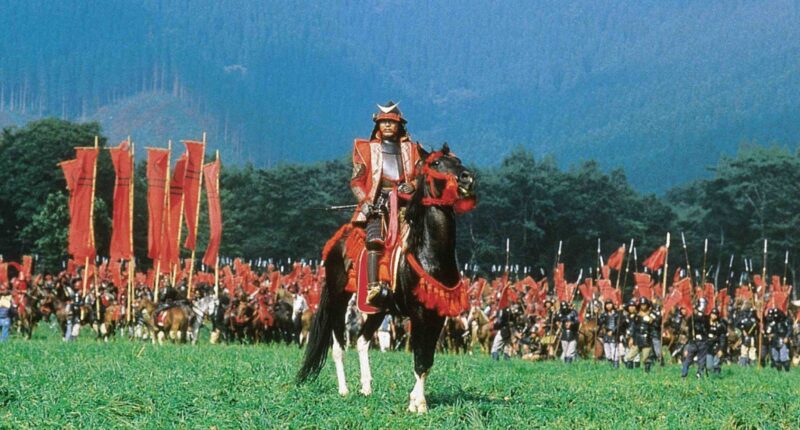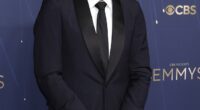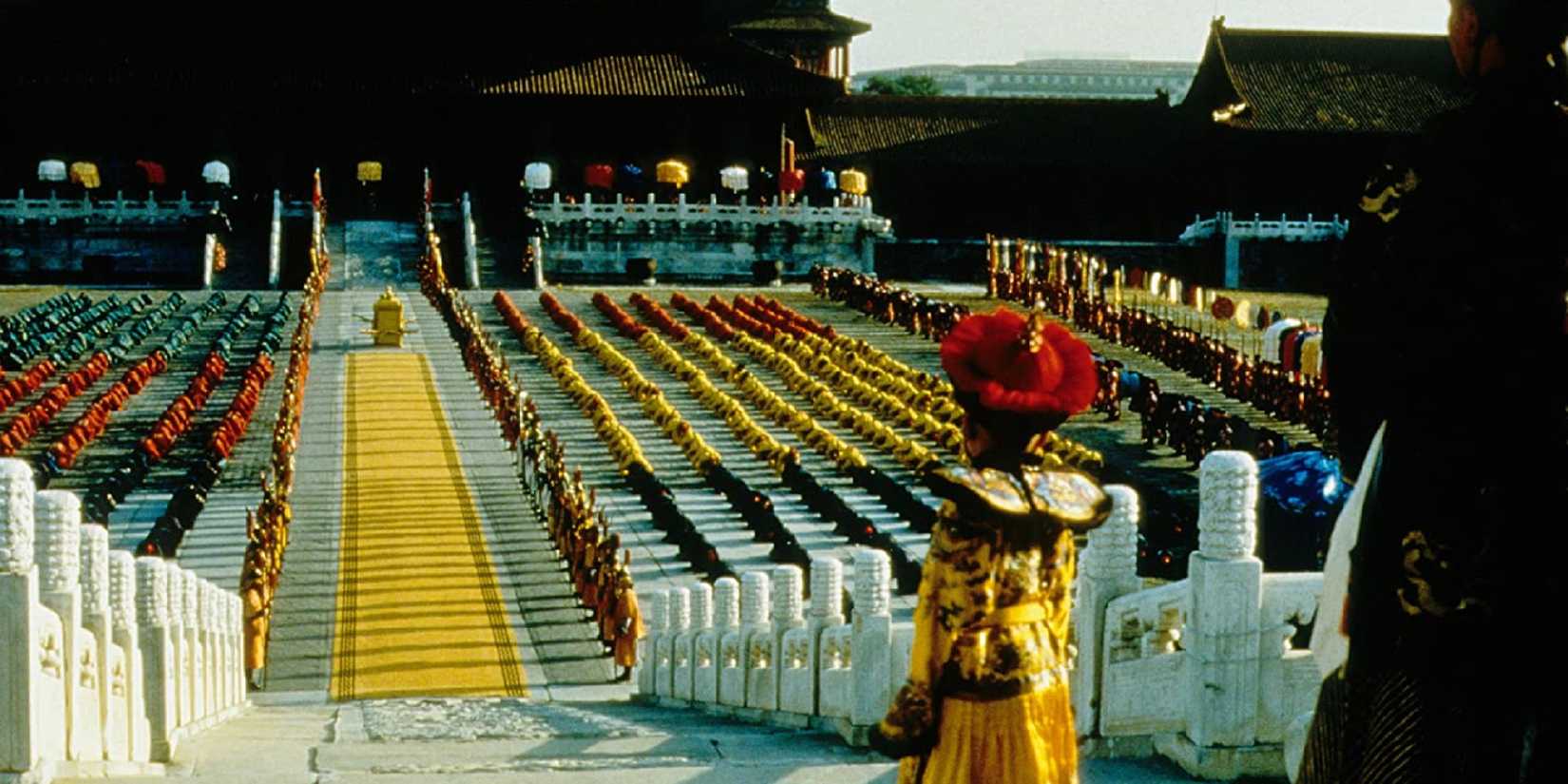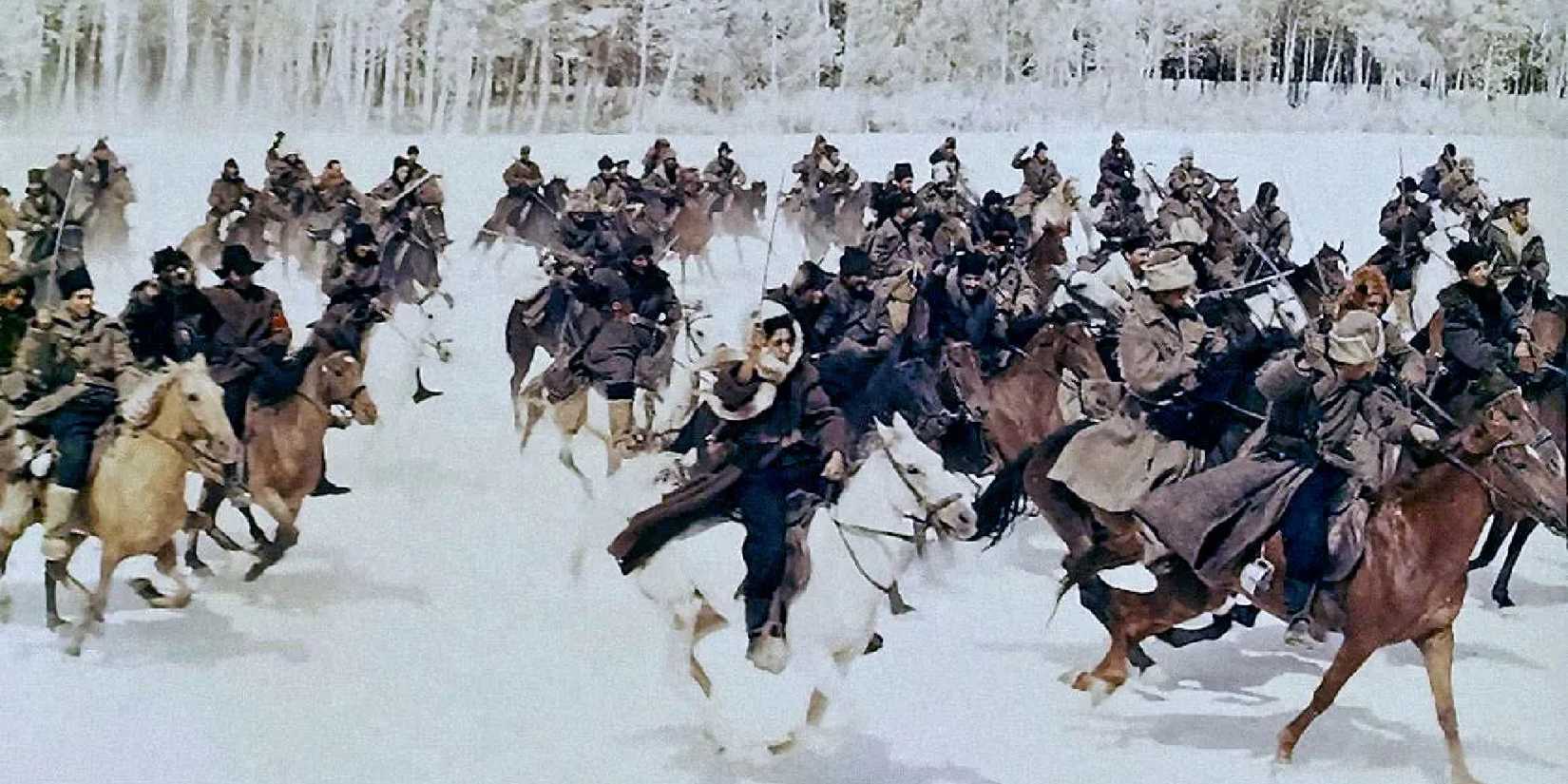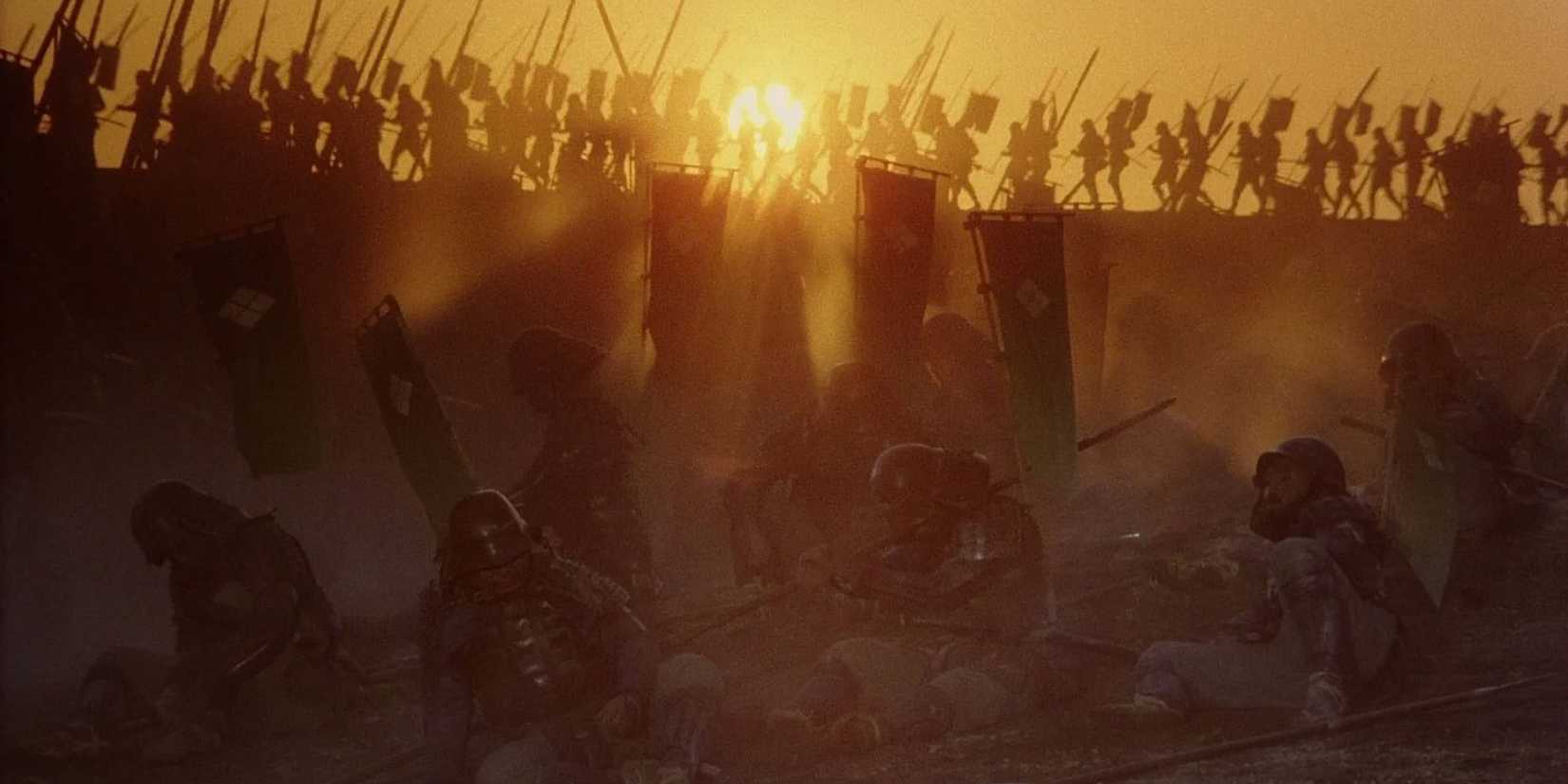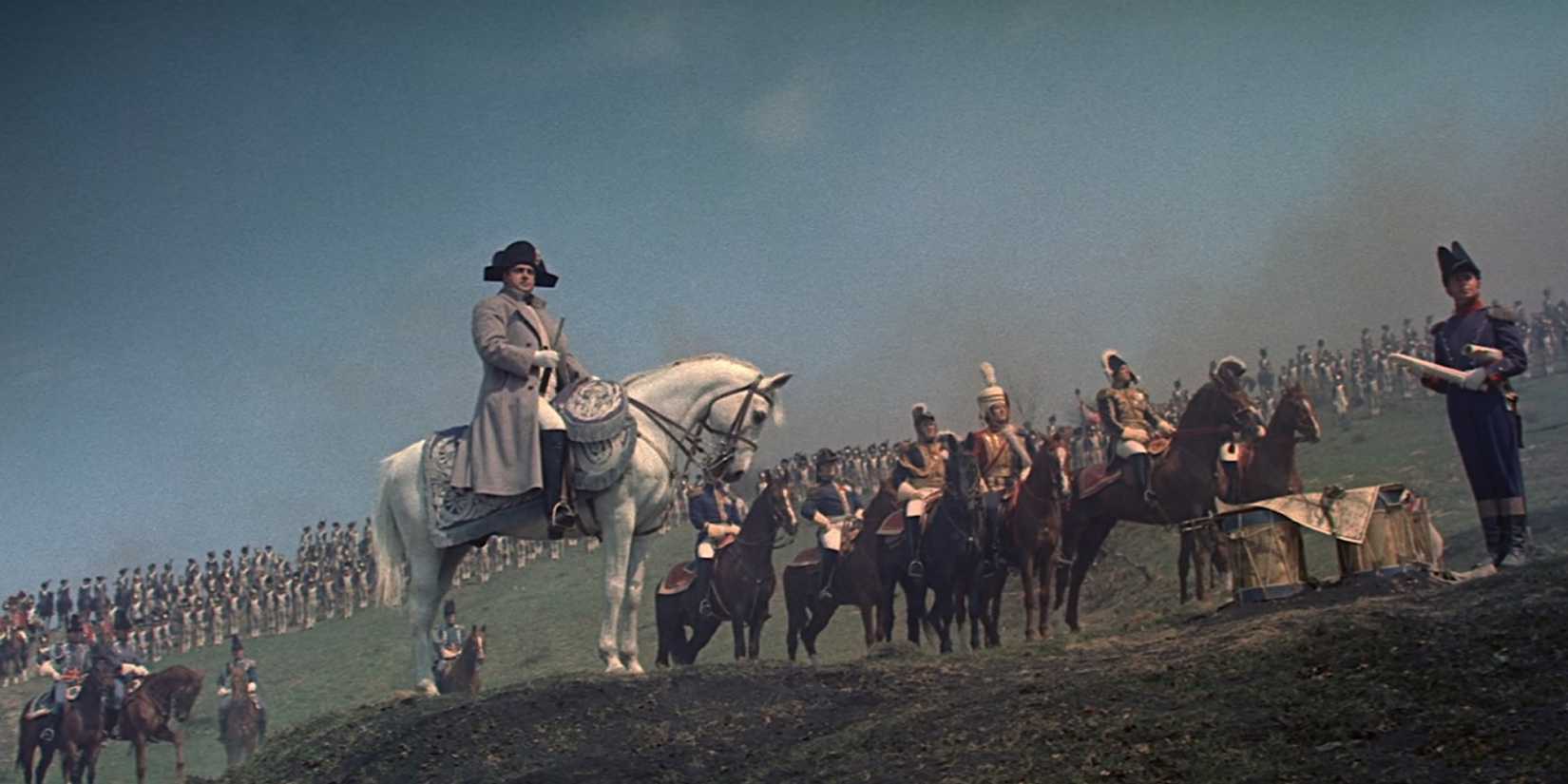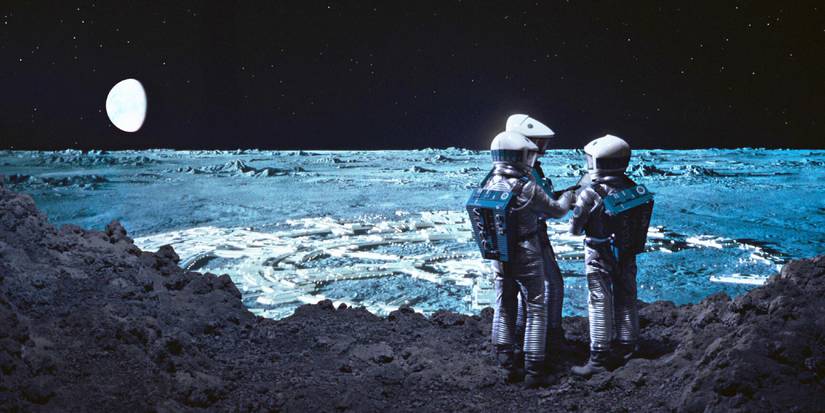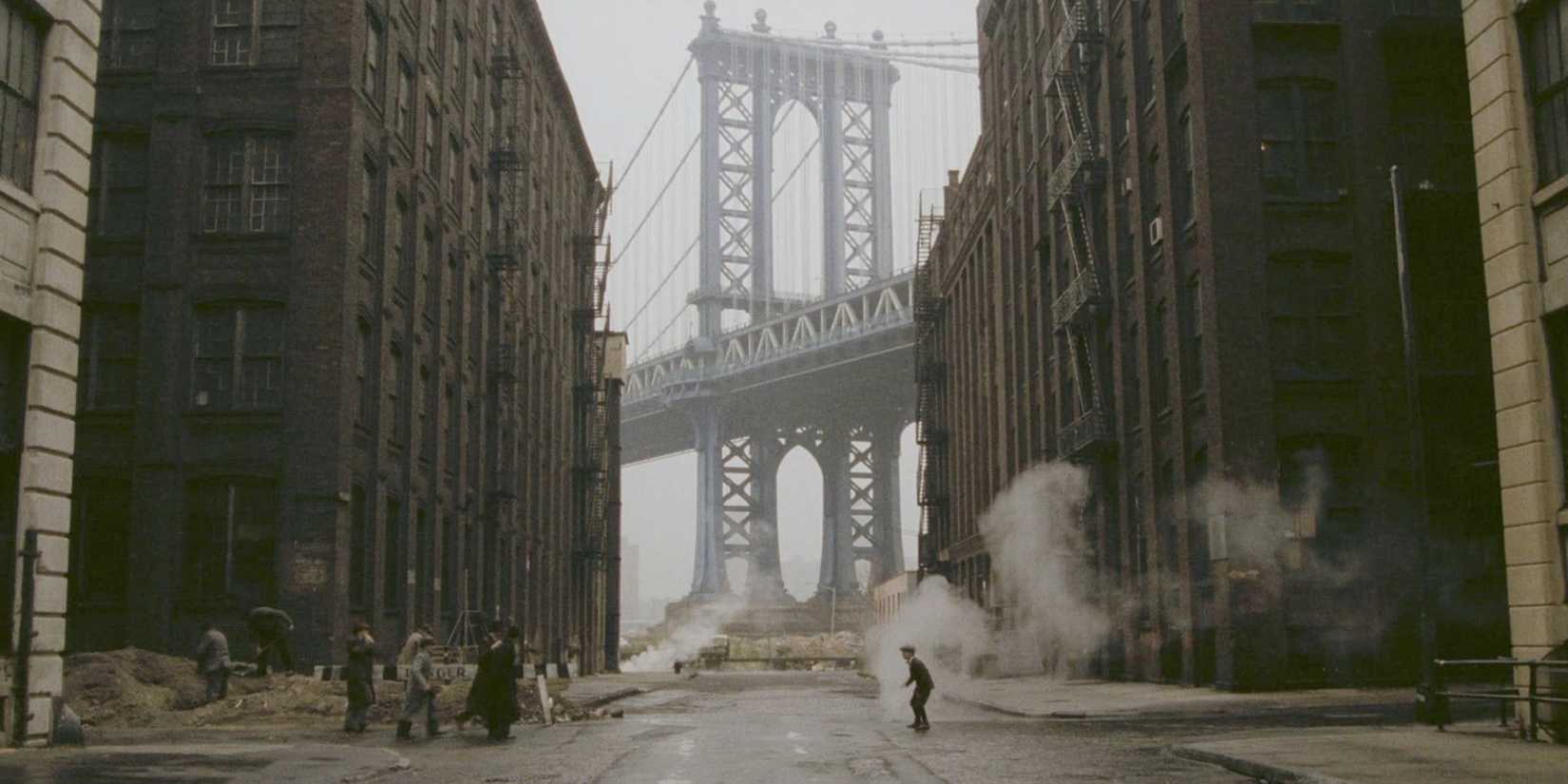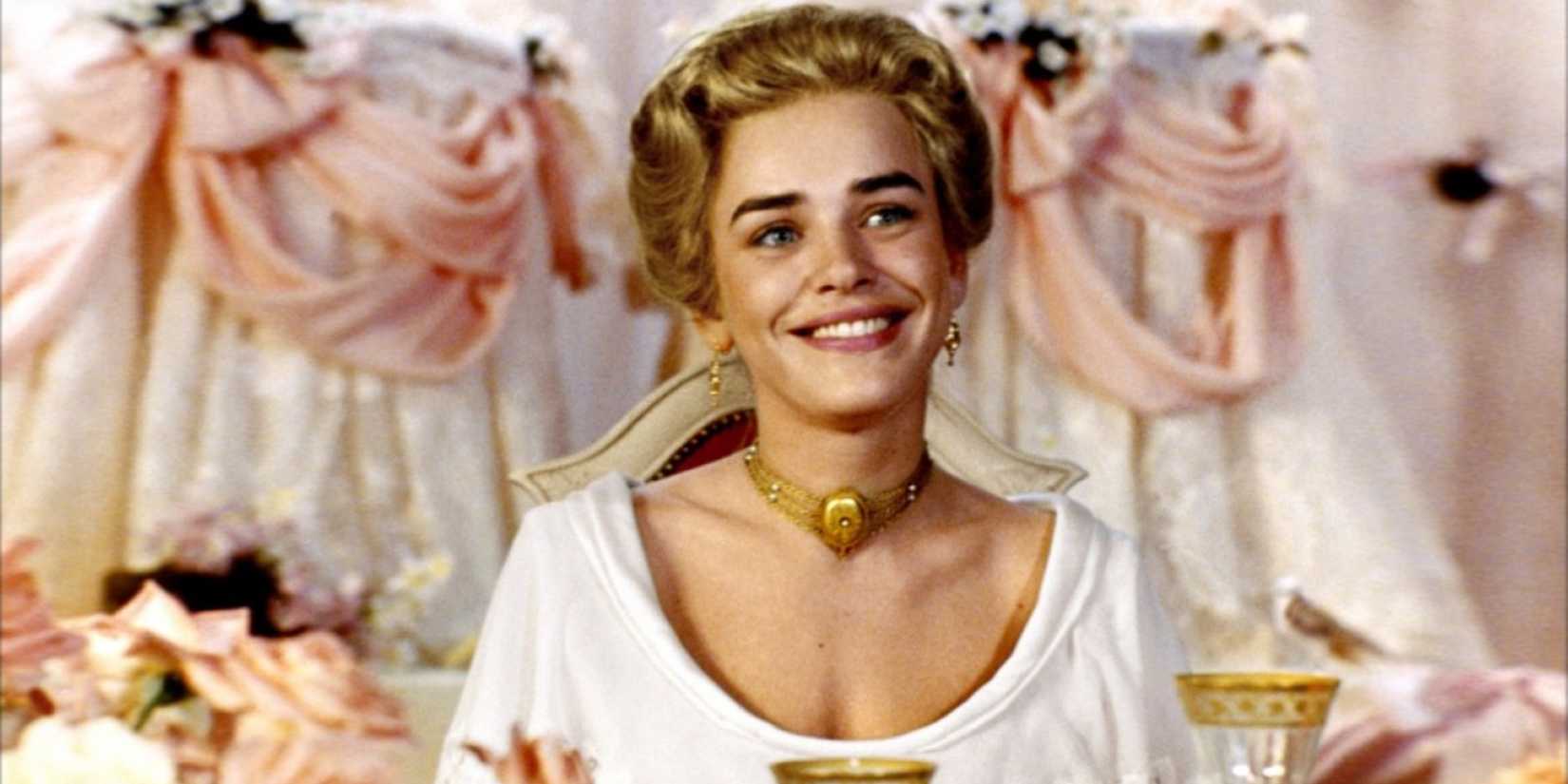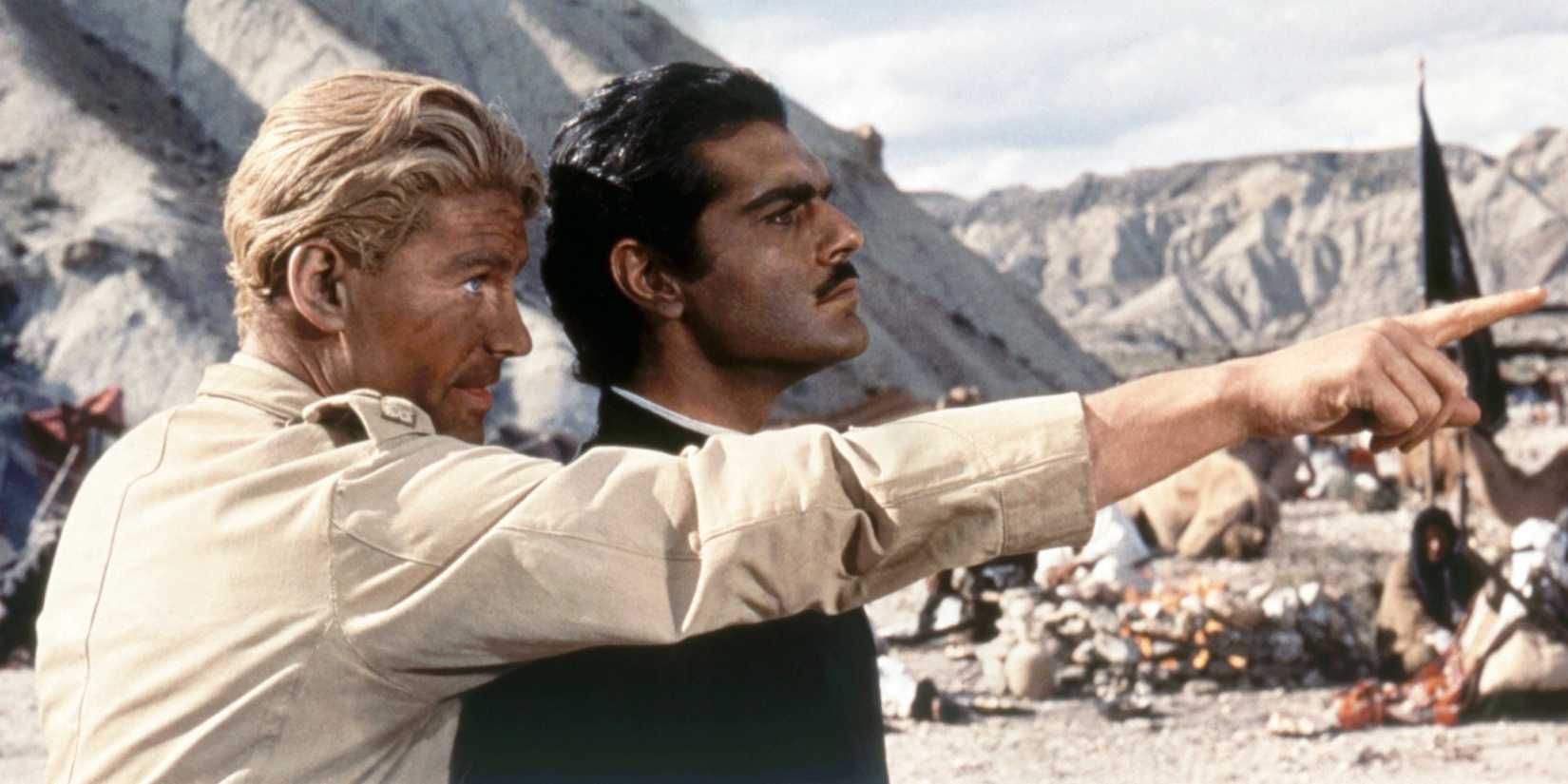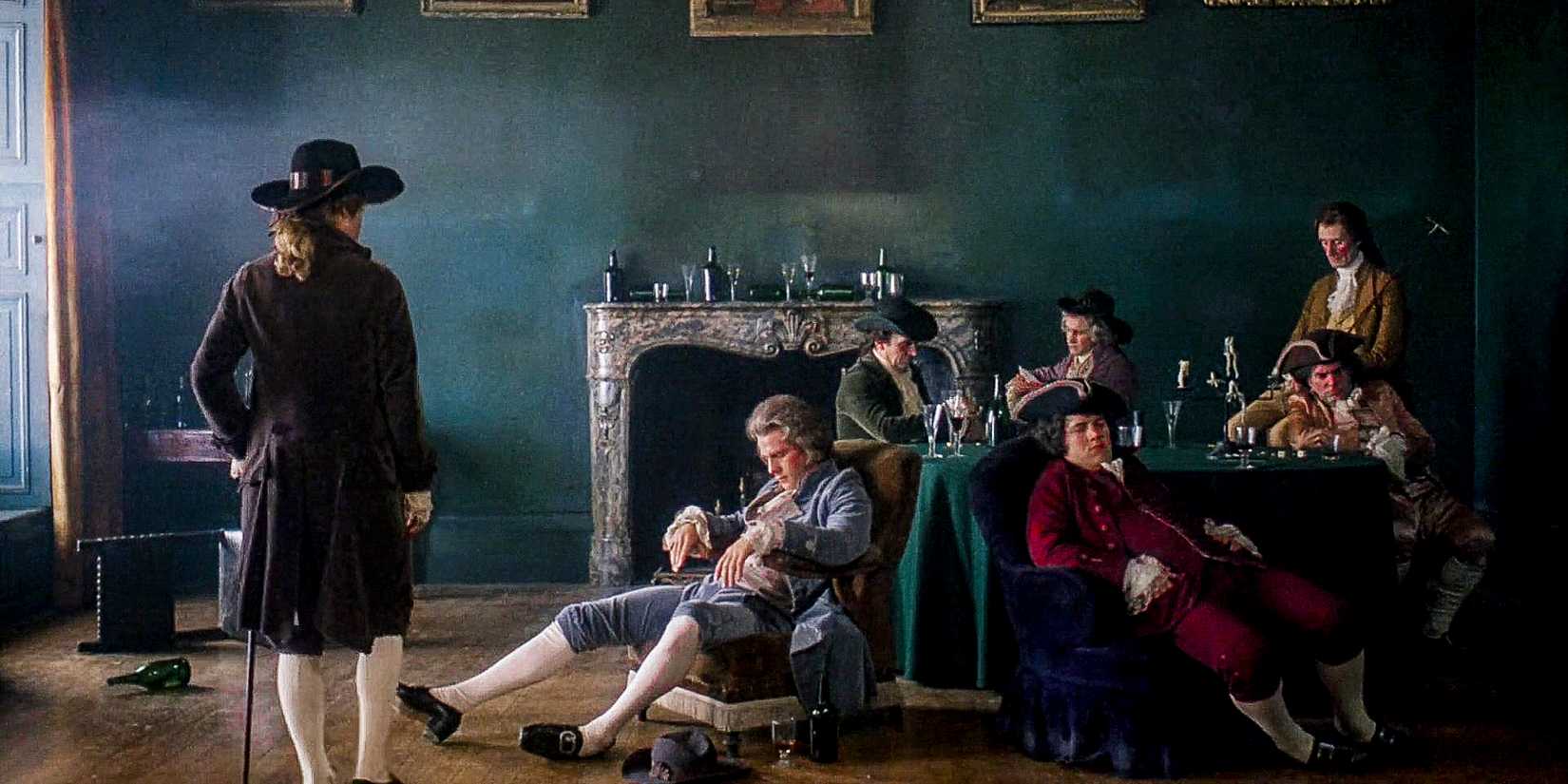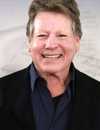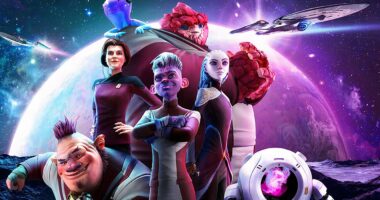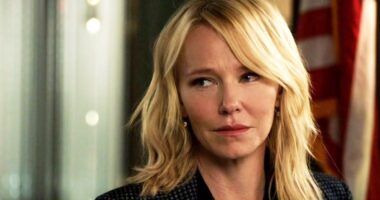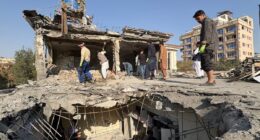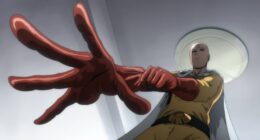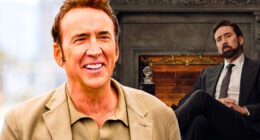You’d probably have to put work into making an epic movie look bad, since epics usually have a good bit of money behind them, and the production values tend to be spectacles to behold in themselves. Put a bunch of people on screen, or film on a massive set, or stage a giant battle, or capture some grand landscapes, and you’ve got instant eye candy.
But what about eye… meals? Eye “something more nutritional and substantial than candy”? That’s where the following epic movies come in. These all look particularly great, thanks to both production values and cinematography. It’s not necessarily a rundown of the best epic movies of all time (there are some big omissions, like no The Lord of the Rings movies), but instead, a bunch of epics that all range from good to great, and really happen to stand out on a visual front, too.
10
‘The Last Emperor’ (1987)
One of a handful of epic movies to win Best Picture at the Oscars, The Last Emperor is long and perhaps not perfectly paced, but it is a feast for the eyes. Also, much of the film is quite good, even by today’s standards, but maybe not as good as some of the other Best Picture winners of the same decade (when Amadeus is your competition, it’s always going to be a tough time).
It’s, as the title suggests, a biopic about the last Emperor of China, unfolding over many decades to capture pretty much the entirety of his life. The Last Emperor was notably shot by cinematographer Vittorio Storaro, who is one of the best of his time and also someone who’s won three of the four Best Cinematography Academy Awards he was nominated for, including a win for his work on this film (his other wins were for Apocalypse Now and Reds).
9
‘Doctor Zhivago’ (1965)
For the most part, you can’t go wrong with an epic movie directed by David Lean, since he really knew what he was doing and could clearly handle massive productions. Doctor Zhivago counts in this regard, and though it might not be quite as good as The Bridge on the River Kwai or a certain 1962 film that’ll be mentioned in a bit, it’s still suitably grand and undeniably beautiful on a visual front.
Narratively, it concerns two people in love who find their bond challenged by living in Russia during a particularly dramatic time in history, with a good chunk of the story playing out against World War I and the Russian Revolution. Doctor Zhivago takes its time telling this story, sure, but that’s okay when the storytelling is appropriately confident and the look of the film is as striking as it is. Really, if your mind wanders a bit from the central narrative, you’ve always got the visuals to get lost in.
8
‘Kagemusha’ (1980)
An epic with a bit of an arthouse slant, Kagemusha is one of the more underrated Akira Kurosawa films, and also one that’s essential viewing ahead of another movie he made in the 1980s that’s comparable (and even bigger/better, but more on that in a bit). Kagemusha has an intriguing premise, too, being about a warlord who dies suddenly, and the way some individuals try to keep his death hidden from becoming public knowledge.
It’s a very well-acted movie, and is pretty compelling on a narrative front, but the best thing about Kagemusha is the way it looks, particularly how it utilizes color.
They do this by getting another man who looks identical to the warlord to pose as him, and then inevitable chaos and drama ensues. It’s a very well-acted movie, and is pretty compelling on a narrative front, but the best thing about Kagemusha is the way it looks, particularly how it utilizes color. It shows Kurosawa to be someone just as good at handling color as filming things in black and white, even though it’s his black and white movies that are probably/usually more well-known (see the likes of Seven Samurai and High and Low, for example).
7
‘War and Peace’ (1965-1967)
About as big and ambitious as epics get, War and Peace takes the massive Leo Tolstoy novel of the same name and aims to adapt as much of it as possible on screen, telling it in four parts and approximately seven hours. It is one big film, but it was divided into those chunks, and might be best watched in four different sittings, since there’s so much spectacle here that it honestly gets a bit overwhelming at certain points.
Director Sergei Bondarchuk had what feels like unlimited money for this film, and no expense was spared, since the battles here (the war parts) are some of the biggest ever helmed. But then the stuff that’s not really action-packed (the “peace” parts?) is also done on a monumental scale, with ball and celebration sequences that make the grandest parts of The Leopard, released a few years earlier, look like Clerks (1994) in comparison.
6
‘2001: A Space Odyssey’ (1968)
Stanley Kubrick wasn’t afraid of making long movies, and thought 2001: A Space Odyssey wasn’t his very longest, it might well have been his most ambitious, and was the film of his that covered the most time and space. In fact, it’s hard to imagine a movie covering more time and space than 2001: A Space Odyssey, unless it’s something like The Tree of Life with a sequence covering the birth of the universe or something.
With 2001: A Space Odyssey, it’s about the birth of humanity, kind of, and then it keeps going forward in time to imagine what humanity might well evolve into however many years/decades/centuries/millennia (and so on) into the future. It’s very much a science fiction-focused epic, and it manages to cover a great deal of ground while unfolding very deliberately at its own pace. 2001: A Space Odyssey is a mind-boggling film to think about and mull over, but a thematically rich one and also just very beautiful to experience, with it still feeling pretty much perfect on a technical front all these decades later.
5
‘Once Upon a Time in America’ (1984)
Of all the gangster movies ever made, Once Upon a Time in America is undoubtedly one of the very best, and it’s also just as much an epic as it is an ambitious and narratively complex crime film. It’s about a group of childhood friends who engage in petty crime during their youth, and then become bootleggers during the Prohibition era as adults. Some make it to old age, and then express certain regrets about the lives they’ve lived.
That’s a bit of a simplistic way to break it down, but complexity comes about because of the way Once Upon a Time in America plays out non-chronologically, and also where it ultimately builds toward (it gets a bit weird). Along the way, though, it is undeniably stunning on a visual front, with the beautiful cinematography (and music) contrasting with the brutality of the story and the immorality of many of the main characters.
4
‘Fanny and Alexander’ (1982)
Maybe it’s cheating a little, seeing as Fanny and Alexander isn’t a full-on epic, being a bit more grounded and intimate, but it’s long enough and ambitious enough to count here. Also, it’s too beautiful not to mention for present purposes, being maybe the best-looking film that Ingmar Bergman ever directed, and that is saying a great deal considering he was also behind the likes of The Seventh Seal, Cries and Whispers, and Persona.
Fanny and Alexander is a family drama about two children having to go through a rough period of adjustment in their lives, following the sudden death of their father and their mother’s new marriage to a cruel bishop who becomes their stepfather. It was shot by Sven Nykvist, who is justifiably recognized as an all-time great cinematographer, notable for his frequent collaborations with Bergman as well as shooting a variety of other films, including The Unbearable Lightness of Being, What’s Eating Gilbert Grape, and even Sleepless in Seattle.
3
‘Lawrence of Arabia’ (1962)
Returning to David Lean, here’s Lawrence of Arabia, which was so good it probably had the unintentional effect of making the otherwise pretty great Doctor Zhivago look a little underwhelming in comparison, since that one came out three years later. Funnily enough, some events in Lawrence of Arabia play out at the same time as the story in Doctor Zhivago, with World War I being significant for both. The David Lean Cinematic Universe (DLCU), complete with at least two people who look like Omar Sharif running around.
While Lawrence of Arabia is incredibly long, it’s never boring, since it feels like it overall might well be one of the best-paced epics of all time, or even just one of the best-paced movies from any genre. It’s about war, power, ambition, and a moral downfall, plus so many other things, and it does all that while having one of the best lead performances of all time (courtesy of Peter O’Toole) and also being one of the greatest-looking movies ever made (thanks largely to cinematographer Freddie Young).
2
‘Ran’ (1985)
The film that was a follow-up to the aforementioned Kagemusha, Ran is easily one of Akira Kurosawa’s best movies, and it also ranks among the most beautiful of all samurai/historical/epic movies ever made. You can define it as a few different things, but in any event, it’ll usually crush the competition or its contemporaries if you want to look at sheer visual beauty put up on screen.
It tells the story of a warlord (not the one from Kagemusha, though he is also played by Tatsuya Nakadai) trying to keep his children happy with his plans regarding his succession, but that’s easier said than done. War eventually breaks out because of various people wanting more than what they’re promised, and it leads to tragedy in the way you’d expect for something inspired by King Lear. Ran is also one of those “every shot could be a painting” type movies, and though it looks most spectacular in motion, you can just look through a series of screenshots from Ran and understand from still images alone just how good it looks.
1
‘Barry Lyndon’ (1975)
An easy pick for the #1 spot, sure, but Barry Lyndon is just that good-looking, and it’s also unique aesthetically thanks to the decision to shoot the entire film (all three hours of it) with as much natural lighting as possible. It’s disputed whether the entire film was genuinely done with only natural lighting, but it sure feels that way, and any workarounds were done pretty seamlessly.
It has the effect of making you feel as though you’re back in the 1700s and watching the events of the film play out for real. It’s not based on an actual story or a real-life person, but Barry Lyndon does feel authentic and grounded, with the visuals and lighting contributing a great deal to this feeling. It does everything else excellently too, of course, but the way Barry Lyndon looks is ultimately the most memorable and striking quality of the movie, and a big reason why it’s considered an all-timer as far as epics are concerned.
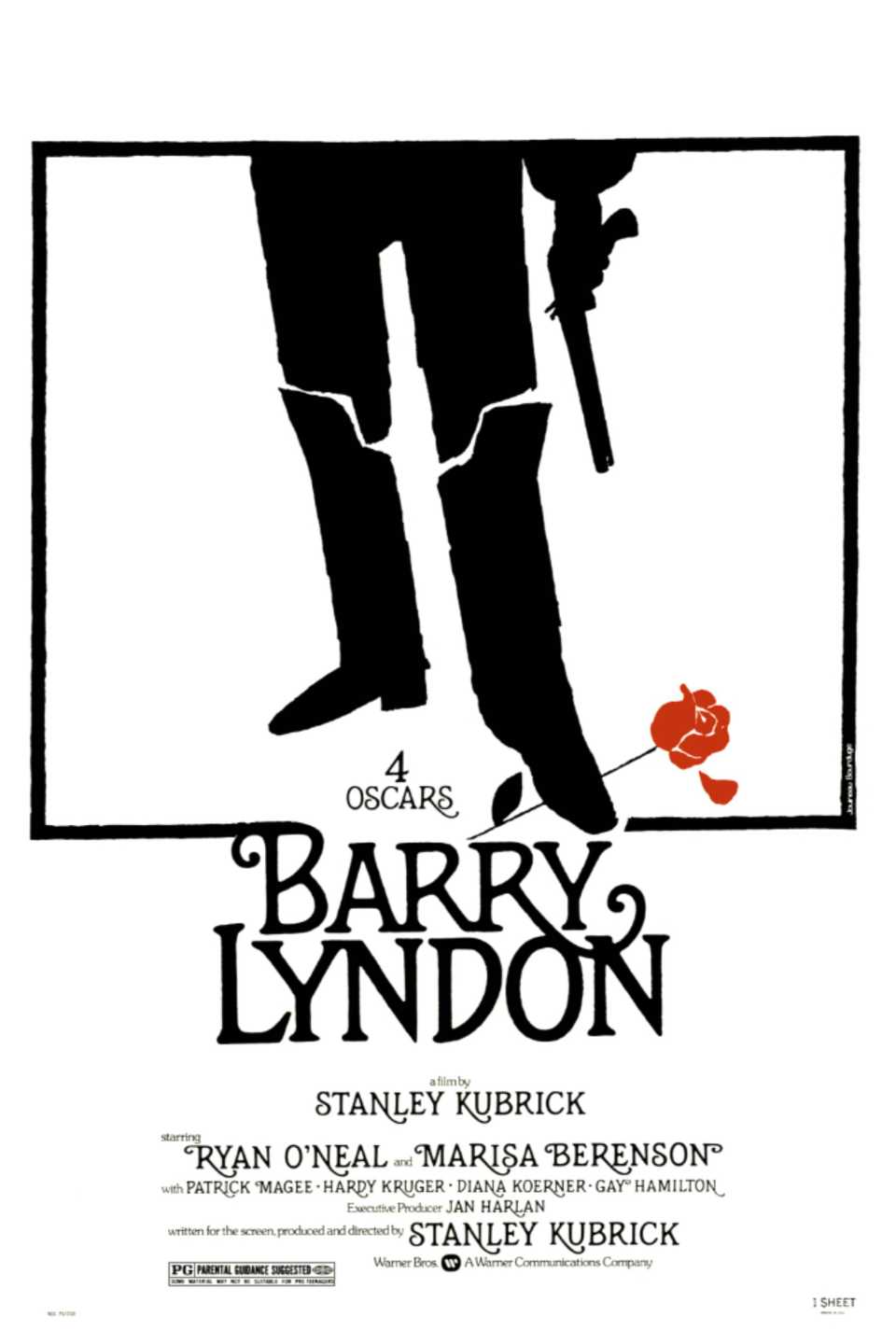
Barry Lyndon
- Release Date
-
December 18, 1975
- Runtime
-
185 Minutes
